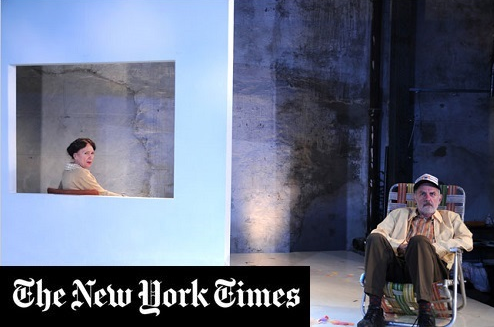Adriana Balsamo and Alexandra S. Levine for The New York Times:
The Museum of Broken Windows opens in Manhattan this weekend.
The pop-up site, created by the New York Civil Liberties Union, uses art as commentary on “broken windows” policing, a strategy meant to bring safety and stability to crime-plagued cities and violent neighborhoods by cracking down on low-level offenses, but one that is criticized for the racial disparities in arrests.
The museum features work by artists from New York and across the country, many of whom have been incarcerated or directly affected by broken windows policing.
During the museum’s weeklong run, it is hosting events with policy experts, local activists and families of victims of police brutality.



